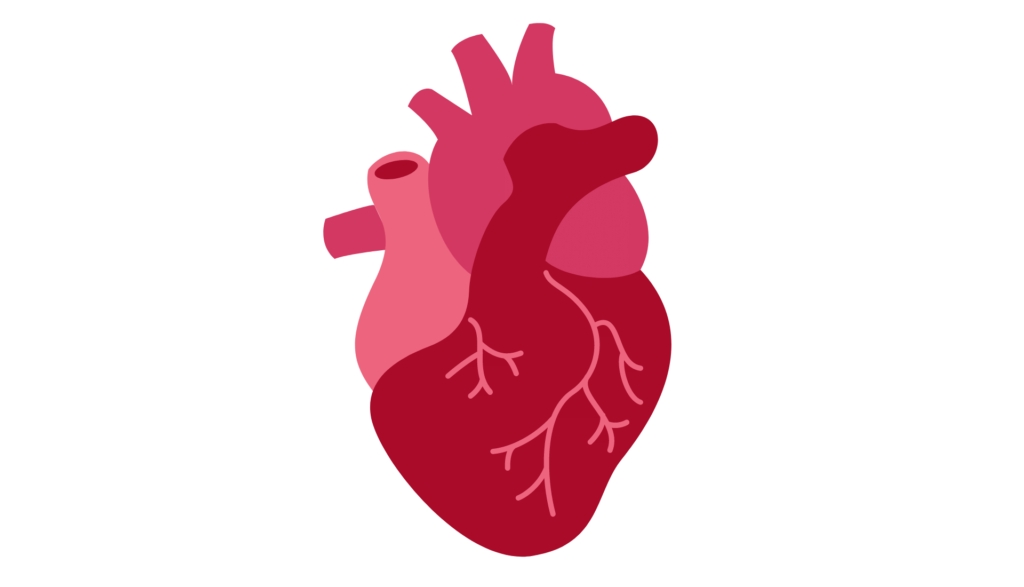
Pericardium
Pericardial Cysts
Pericardial Cysts are benign, rare congenital structural abnormalities of the pericardium that are characterised by asymptomatic incidental findings on Chest Radiography.
Pericardial cyst and diverticulum tend to share a similar developmental origin. They may appear in chest X-rays as incidental findings in asymptomatic patients. Computed tomography (CT) scan is generally regarded as the best modality for diagnosing and delineating the surrounding anatomy.
Cardiac Magnetic resonance imaging can also be a good choice to diagnose and evaluate the compressive effect. Conversely, diffusion-weighted cardiac Magnetic resonance imaging is beneficial in cases with diagnostic confusion. On the other hand, Echocardiography is considered the best modality when it comes to following up and image-guided aspiration of the cyst.These are easily removed or corrected by minimally invasive surgery
Recurrent Pericardial Effusions/Tamponade
These can occur from a variety of causes but advanced malignancy is a common cause. Fluid in the pericardium prevents the heart from functioning well and needs to be removed.
The fluid is drained with a procedure called pericardiocentesis. This procedure uses a needle and a thin, flexible tube (catheter) to drain the fluid. In some cases of recurrent effusion causing low cardiac output, low blood pressure and hemodynamic instability, the pericardial sac may be drained during surgery by VATS
